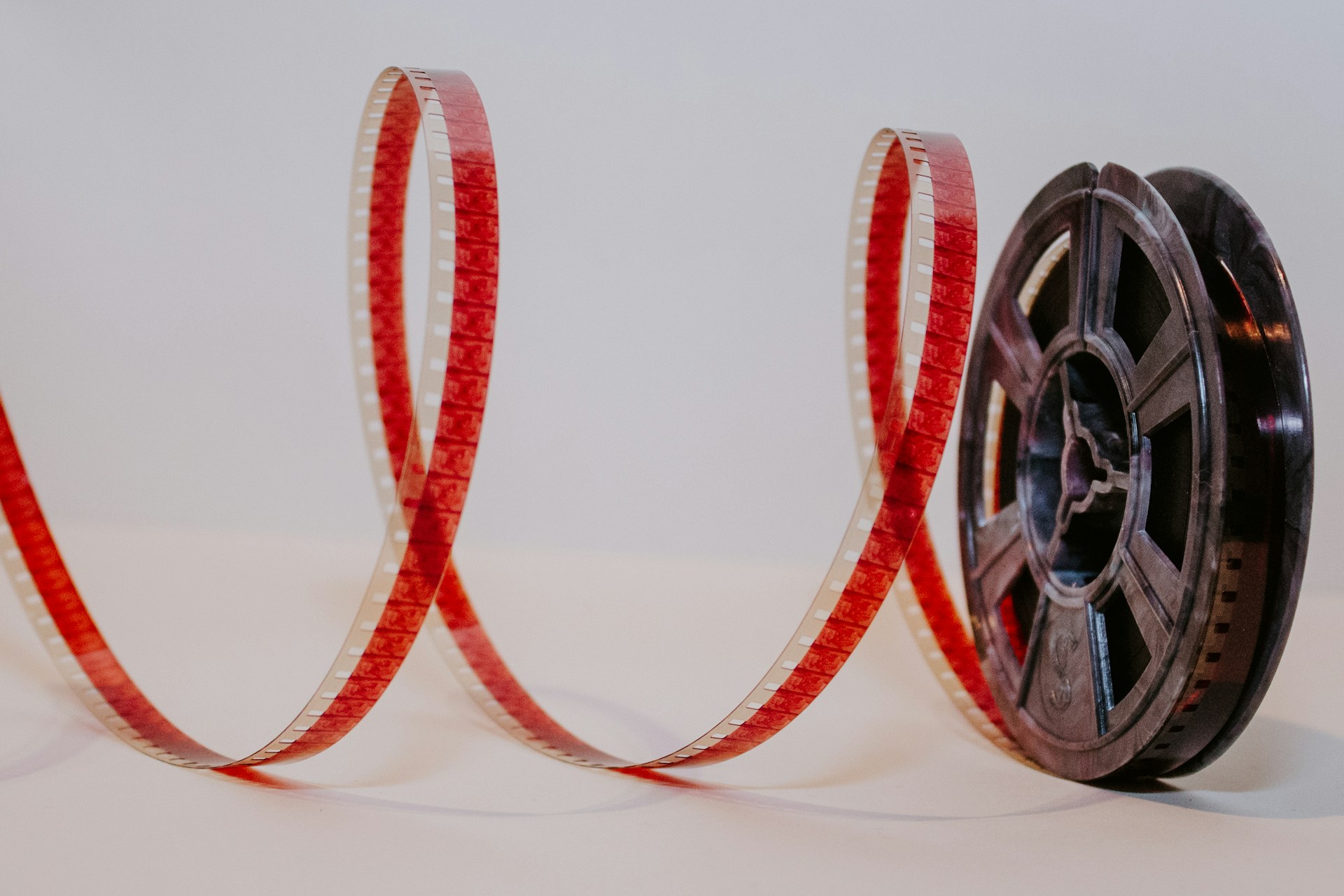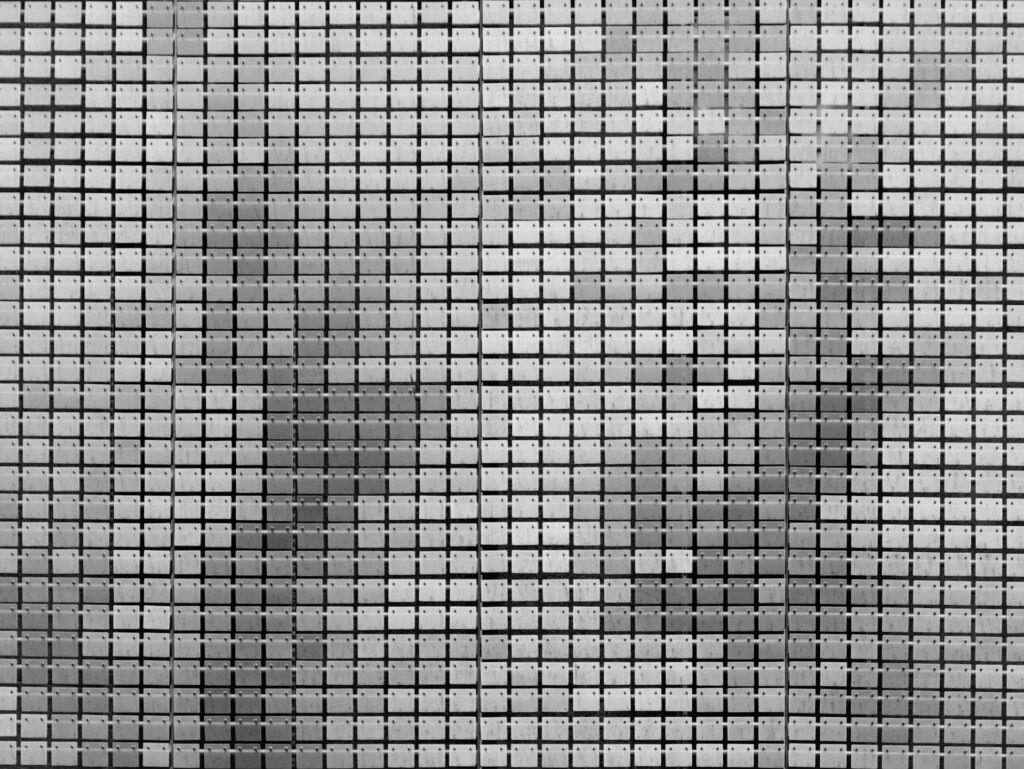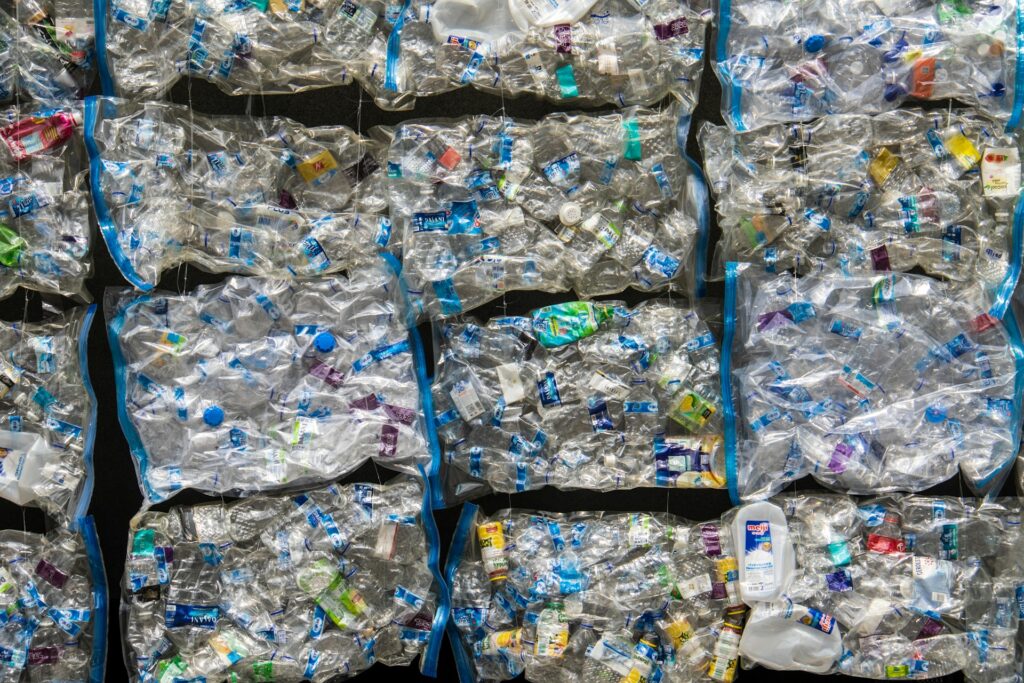At the Max Planck Institute for Chemical Physics of Solids (MPI-CPfS), Dr. Berit H. Goodge leads a collaboration that has used high-energy electron irradiation to introduce controlled atomic defects into superconducting nickelate thin films. Their systematic study, refines our understanding of how superconductivity may emerge in these materials.
Ranna, A., Grasset, R., Gonzalez, M., Lee, K., Wang, B. Y., Abarca Morales, E., Theuss, F., Filipiak, Z. H., Moravec, M., Konczykowski, M., Hwang, H. Y., Mackenzie, A. P., & Goodge, B. H. (2025). Disorder-Induced Suppression of Superconductivity in Infinite-Layer Nickelates. Physical Review Letters, 135(12), 126501. https://doi.org/10.1103/7lqb-pjkm
Superconductivity is a state in which a material conducts electricity with zero resistance and excludes internal magnetic fields (the Meissner effect). This property is central to many theoretical and applied challenges in condensed matter physics. While conventional superconductors are reasonably well understood, unconventional superconductors; such as cuprates and nickelates; continue to provoke debate over their pairing mechanisms.
Nickelate superconductivity, first demonstrated in infinite-layer nickelates in 2019, sits in a transitional space between theoretical models. These materials share several features with cuprates, yet differences in their electronic structure and lattice environment leave key questions unresolved. One of these is how robust the pairing mechanism is against disorder, which is intimately tied to whether the superconducting order parameter changes sign (e.g. “d-wave” or sign-changing types) or remains uniform (s-wave).
The MPI-CPfS team, working in collaboration with groups at Stanford University and École Polytechnique, decided to approach the problem from a reverse angle: instead of striving for ever purer samples, they started with high-quality superconducting films and gradually introduced disorder. They used megavolt-range electron irradiation to displace atoms from their lattice positions, creating pointlike atomic defects with a known defect density. As the irradiation dose increased, they tracked how the superconducting critical temperature (Tc) declined, and how superconductivity was eventually suppressed entirely.
Because different pairing symmetries respond differently to disorder, this method allowed them to distinguish among theoretical models. Their observations show that superconductivity vanishes in a manner consistent with a sign-changing order parameter, which argues against simple uniform pairing models. The results suggest that the superconducting gap in these nickelates is sensitive to scattering from defects, a hallmark of unconventional pairing. (In more conventional, s-wave superconductors, nonmagnetic disorder tends to have little effect, a property known in superconductivity theory as Anderson’s theorem.)
Moreover, the controlled disorder approach yields a “disorder signature” that future experiments on other nickelate compositions can compare to. In that sense, this work serves as a benchmark: it sets a scale of defect tolerance and helps define what levels of structural quality are needed to sustain superconductivity in infinite-layer nickelates.
This advance connects well with parallel efforts. For example, recent X-ray studies at Brookhaven’s NSLS-II have probed how capping layers and interface sensitivity alter nickelate behavior, highlighting how sensitive these systems are to subtle structural changes. Other work explored ultrathin stacked nickelate superlattices to examine how layer thickness, strain, and interface coupling affect Tc and superconducting coherence.
Even so, challenges remain. The MPI-CPfS experiments were limited to a single composition (Nd₀.₈₂₅Sr₀.₁₇₅NiO₂) and measured over a finite defect window. Whether the same disorder behavior holds across other nickelate families or doping levels remains open. Also, while the suppression of superconductivity is clear, the microscopic pathways by which defects disrupt pairing (e.g., by altering local orbital overlap, bandwidth, or local magnetism) require further theoretical and spectroscopic study.
From an engineering and materials-science perspective, the findings emphasize how crystal quality, defect control, and interface engineering are not just matters of incremental improvement but are central to whether superconductivity can emerge at all. For researchers attempting to push nickelate Tc upward or scale devices for testing, this gives a metric: only defect densities below a critical level will preserve the superconducting state.
Looking forward, I expect the next steps will include (1) applying the same irradiation-tuning technique to other nickelate compositions or doping regimes, (2) combining disorder tuning with in situ spectroscopies (e.g. scanning tunneling microscopy or angle-resolved photoemission) to map local gap behavior, and (3) developing theoretical models that incorporate both disorder and multiorbital effects to connect with the experimental trends.
In summary, the controlled defect work by Goodge’s team doesn’t settle all debates in nickelate superconductivity; but it draws a meaningful boundary around which theories remain viable. It underscores that in quantum materials, disorder is not just a nuisance, but a probe.

Adrian graduated with a Masters Degree (1st Class Honours) in Chemical Engineering from Chester University along with Harris. His master’s research aimed to develop a standardadised clean water oxygenation transfer procedure to test bubble diffusers that are currently used in the wastewater industry commercial market. He has also undergone placments in both US and China primarely focused within the R&D department and is an associate member of the Institute of Chemical Engineers (IChemE).



